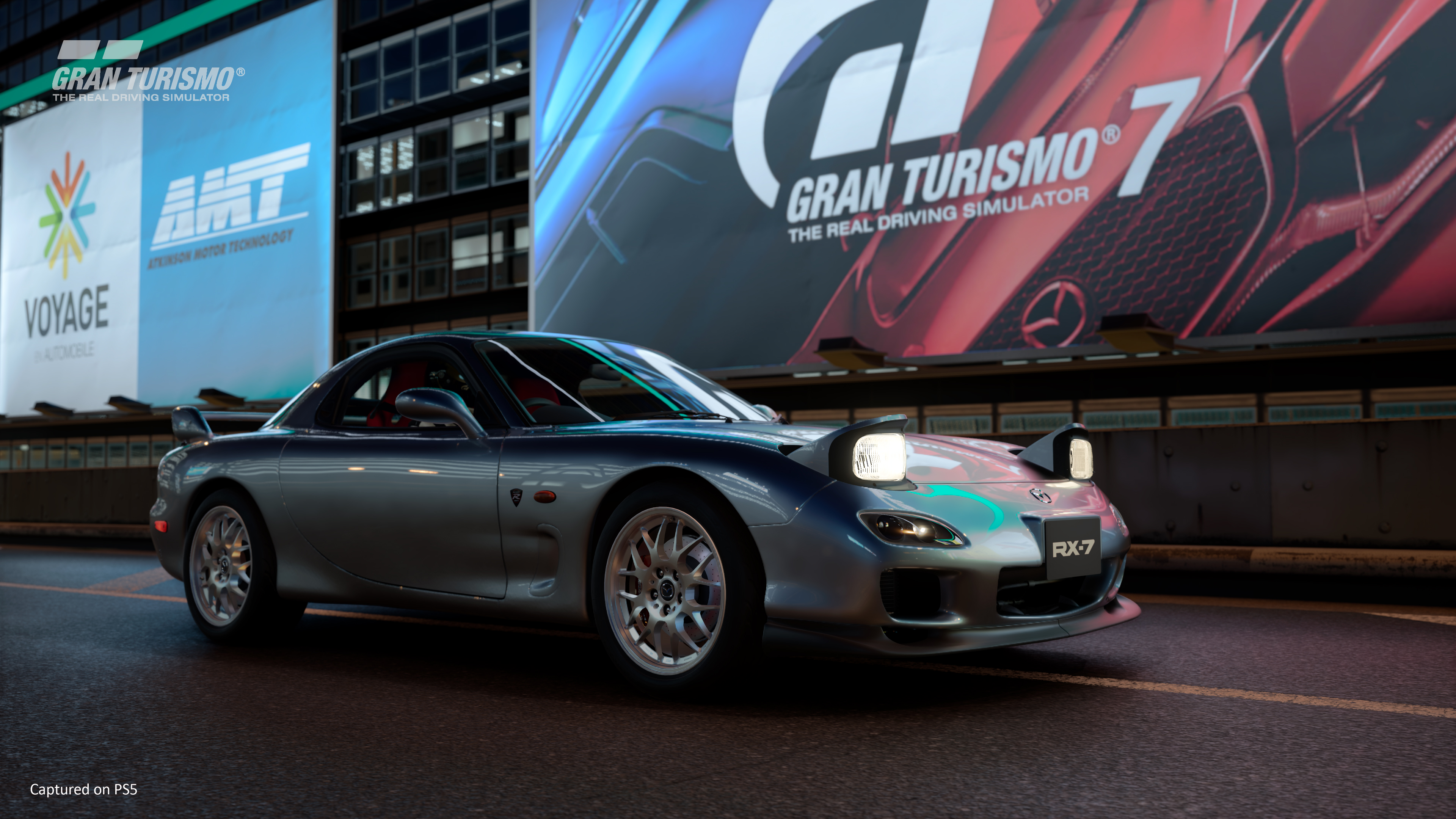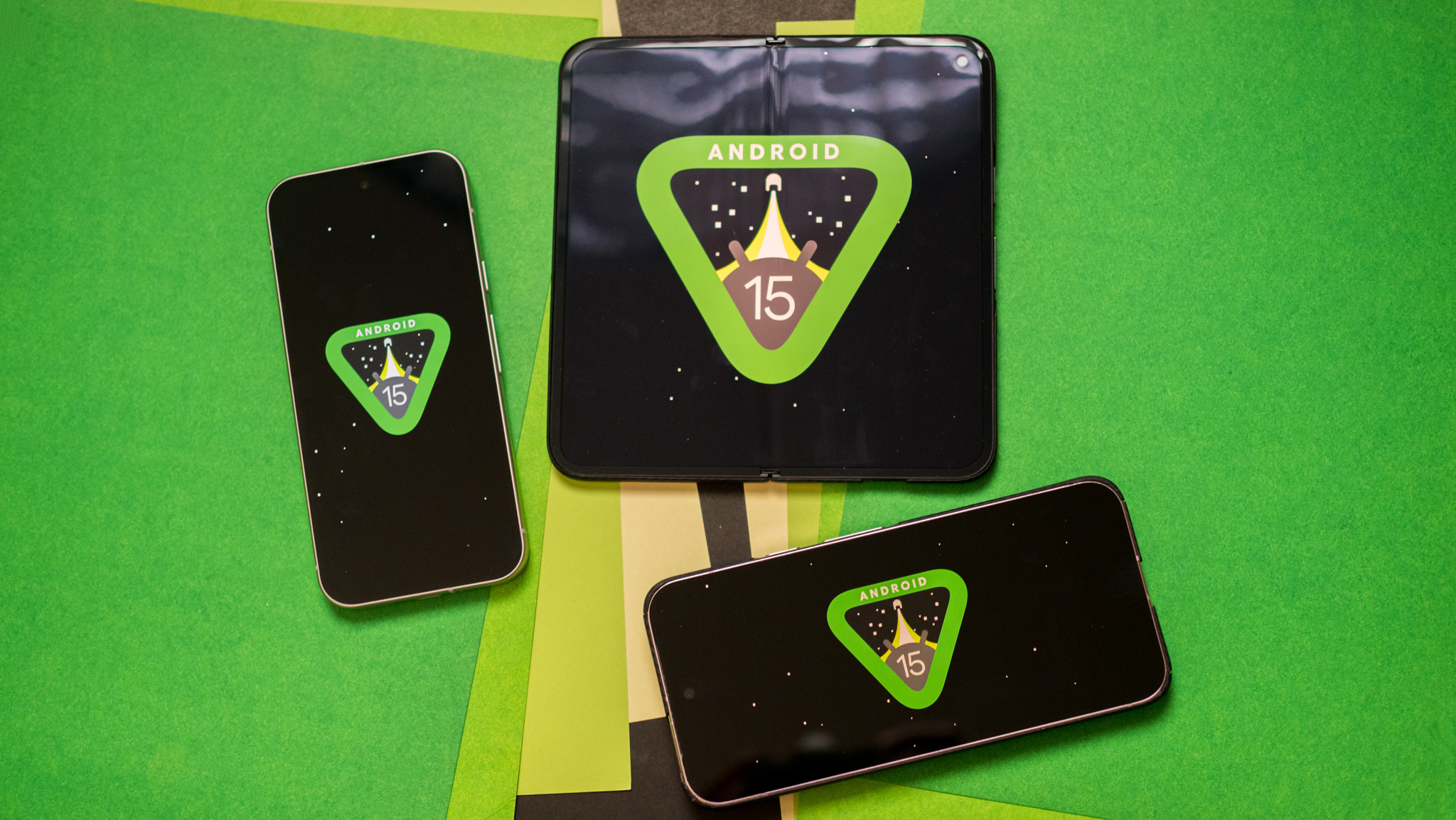Android Central Verdict
Gran Turismo 7 features the series' best graphics and performance with stunning ray-traced visuals and wonderfully satisfyingly driving. It hits a few bumps along the road to its finish line, but it's nonetheless an excellent entry to the franchise.
Pros
- +
Stunning visual and audio design
- +
Packed with engaging features and mechanics
- +
Driving feels extremely satisfying
- +
Various challenges are fun to get stuck into
Cons
- -
Some features feel disconnected and are underdeveloped
- -
Some aspects of gameplay are frustrating and outdated
- -
Japanese car bias limits car options
Why you can trust Android Central
Fans of the Gran Turismo series have been eagerly awaiting a numbered entry in the series since the sixth installment was released all the way back in 2013. The much-anticipated Gran Turismo 7 signals an end to this long wait, with Polyphony Digital and legendary series creator Kazunori Yamauchi delivering a game that should satisfy fans of the iconic franchise.
Alongside the returning online features from GT Sport, a rich single-player experience is a main focus of GT7, presenting players with a world map full of new and returning features and minigames that aim to bulk out the experience beyond simply racing around each track. These features are extremely well-crafted and mostly work well, although a few are a little under-baked and unnecessary.
GT7 is also visually stunning on PS5, building on the series’ reputation for cutting-edge graphics. Each of the 424 cars looks exceptional due to the excellent ray tracing and precise attention to detail, while the 4K-rendered tracks are extremely well-realized. Cars feel immensely satisfying to drive, partly as a result of truly excellent sound design, as well as a great sense of weight that differs appropriately between car types.
However, some aspects of the racing gameplay are frustrating, outdated, and feel at odds with the otherwise modernized experience that Polyphony has created.
Disclaimer: This review was made possible by a review code provided by PlayStation. The company did not see the contents of the review before publishing.
Gran Turismo 7: What's good
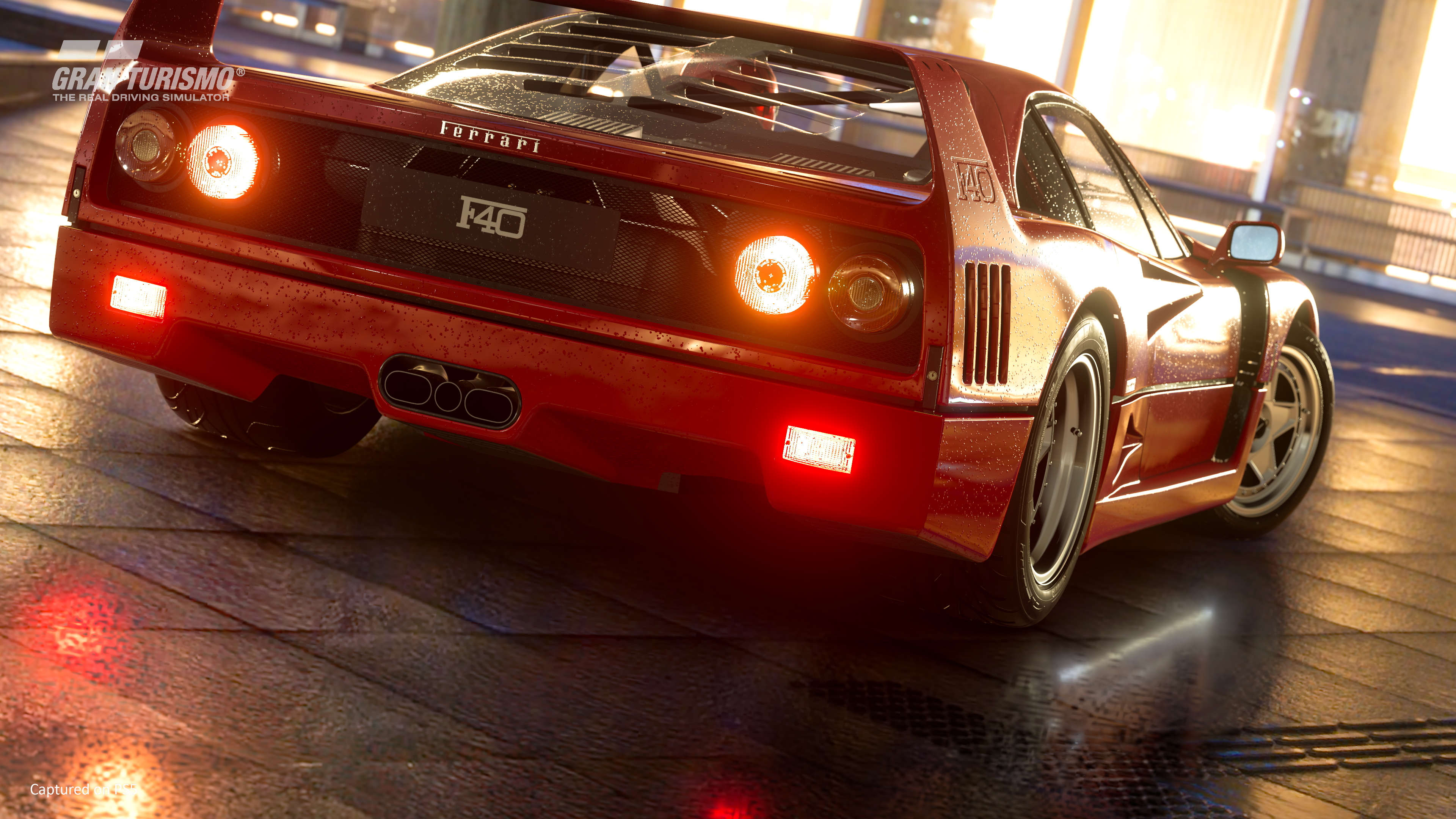
| Category | Header Cell - Column 1 |
|---|---|
| Title | Gran Turismo 7 |
| Developer | Polyphony Digital |
| Publisher | Sony Interactive Entertainment |
| Genre | Racing sim |
| PlayStation Version | PlayStation 5 |
| Game Size | 96.9GB |
| Play Time | 25 hours |
| Players | Single-player, multiplayer |
| PlayStation Now | No |
| Launch Price | $70 |
Gran Turismo is a series unlike many others in its genre. Mainline entries usually offer secondary experiences that aim to give the player a broader gameplay experience than simply beating races one after another, and Gran Turismo 7 doubles down on this approach with great success. A slew of minigames and features are gradually unlocked and can be found in the World Map, with the map itself being extremely easy to navigate. The museum from GT Sport makes a return, giving players a detailed look at the history of their favorite manufacturers. Other fan favorites such as the License Center are also present, offering driving challenges with increasing levels of difficulty. Certain races are locked until the required license has been gained, and the gold, silver, and bronze rating system greatly incentivizes getting the best rating in each challenge. Missions and circuit experiences offer similar challenges to complete and aid the player in learning driving techniques and track layouts. They also provide a good distraction from the main task of completing races.
The café is another notable feature you can unlock early in the game. The menu books offer a way for players who may otherwise be overwhelmed with the number of things to do some focus, while also providing a structured means of car collecting. Many of the books task the player with collecting three cars of a similar theme, either by purchasing them in one of the dealerships or by winning them in specific races. Some menu books also act as tutorials, aiding exploration of the game’s other modes and mechanics as they are introduced to the player.
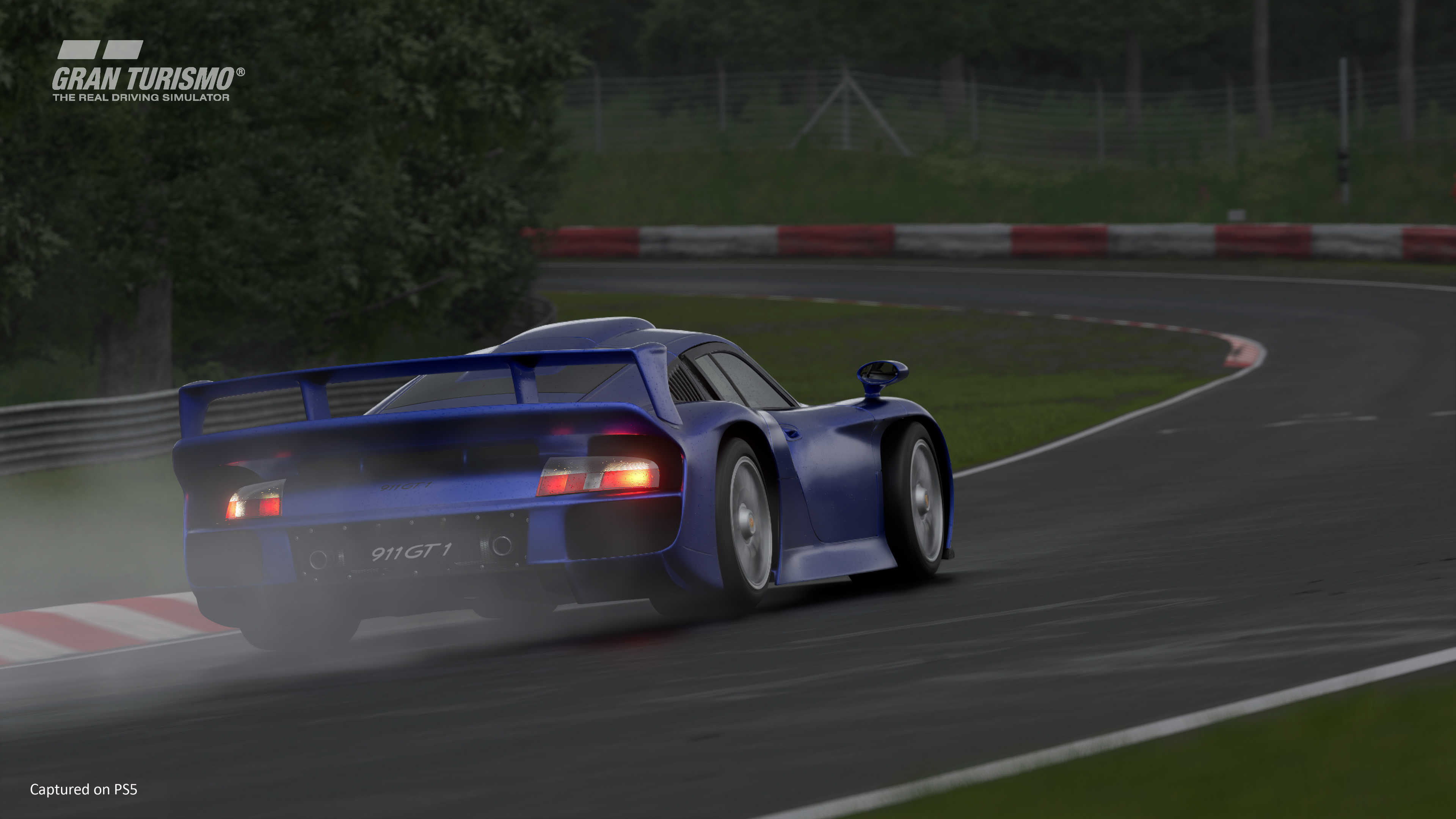
Sport mode is the game's online portion, carried over from GT Sport. Players can participate in daily races or championships, increasing their leaderboard ratings through performing well in races and displaying good behavior with clean driving. Various leagues exist, and players will undoubtedly spend a lot of time improving their rank.
The main location on the map is the World Circuit, a hub containing the 34 tracks for the player to race on against AI opponents. Most circuits contain more than one event or layout and are gradually unlocked as you make progress throughout the game. Performance points (PP) make a return, with races offering a recommended PP in order to be competitive. Dealerships offer one method of meeting this requirement, with the player able to purchase new and legendary cars. Hunting for bargains in the used car garage is also an option, with the player able to pay a discounted price in exchange for some mileage and lower oil, engine quality, and body rigidity, which can be restored using credits by visiting GT Auto on the map.
The other method of reaching the desired PP is through tuning. Internal parts are purchasable from the tuning shop, with external parts such as spoilers and body kits also available at GT Auto. Many early-game parts provide a one-time upgrade to performance, while others require tweaking and optimization and are hidden behind tiers that gradually unlock as you level up. You can easily negatively affect the balance of your car with parts, and while the game doesn’t explicitly tell you how to optimize your car, it does a great job of letting you feel which areas you need to work on while on the track, with the car feeling wayward while braking, for example. The tuning screen is found in the Garage and contains helpful and easy-to-use screens, which help you track changes you make to the setup of your car, with clear differences shown between measurements. Many racing games fall down in this regard by making tuning overly complicated, and GT7 has clearly attempted to make the often alien world of tuning more accessible to a wider audience.
The driving in Gran Turismo 7 is another positive, with cars feeling responsive with a great sense of speed.
The driving in Gran Turismo 7 is another positive, with cars feeling responsive with a great sense of speed. Each vehicle feels very different to drive, from U.S. muscle cars' heavy, untamed power to the light and flimsy Fiat 500. The PS5 Dualsense controller adds a great deal to the experience. GT7 features some of the best haptic feedback in any PS5 game so far. I was able to feel each slight bump, while the adaptive triggers get lighter or heavier depending on the car.
Sound design is also superb, especially with 3D audio-enabled headphones that allow you to hear extremely crisp engine sounds. Positional audio lets you know how close a car is behind you without having to look, and hearing an opponent next to you during wheel-to-wheel racing is quite the experience. The large number of accessibility options in the game, including driver aids, is impressive as well, allowing you to cater the driving experience to your ability beyond the three difficulty levels.
Games in the racing genre are often a visual showcase, and GT7 is no different. The game dazzles from the moment you boot it up, looking excellent in both the ray tracing and framerate modes. It is worth noting that ray tracing is automatically turned off during racing to avoid any stuttering, which results in silky smooth gameplay. The car interiors are more detailed than any I’ve previously encountered in a game of this type — each stitch of carbon fiber or intricately textured plastic on a dashboard is noticeable, and each dial is crystal clear. Weather effects are also extremely well-crafted. Rain on the windscreen and the highly accurate, dull lighting of overcast skies add a huge amount to the overall experience, while also affecting the cars appropriately.
Ray tracing is automatically turned off during racing to avoid any stuttering, which results in silky smooth gameplay,
However, the graphical power of GT7 really shines in the replays and various photo modes, with ray-traced reflections of cars and the well-realized tracks offering up a visual treat alongside the many options players have at their disposal in these modes. During a replay, individual cameras can be set up to track a car of your choice and manipulated using an extensive interface to capture a preferred shot or angle.
Accessible from the World Map, Scapes is a photo mode that also takes advantage of GT7's visual prowess. You can take high-quality photos of your car in real-world locations across the globe. Players will likely spend a lot of time capturing some beautiful shots, and Polyphony is clearly pushing for this, too. Showcase is another application available on the map, acting as a social media hub that allows sharing of photos complete with like and comment features.
Gran Turismo 7: What's not good
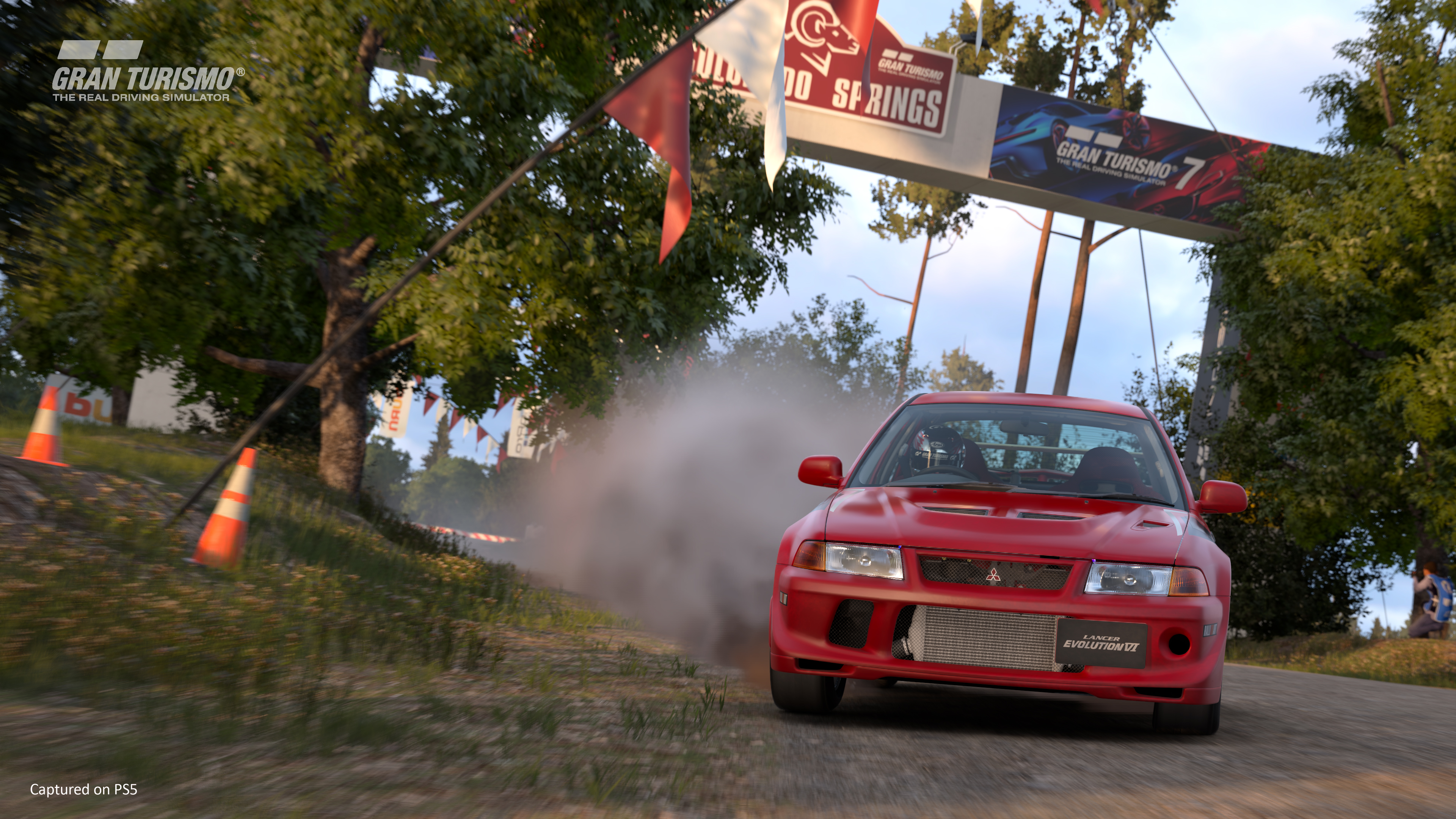
With so many elements added to the game, it’s inevitable that some may miss the mark. A few features and minigames feel under-baked and disconnected from the main group of connecting features. Music Rally is one example. Its purpose is to serve as the player's first introduction to gameplay, and it's also sort of a rhythm game. Each song is represented with a number of beats on the screen that count down throughout the song, with checkpoints replenishing beats. The further you drive before the end of the song or until your beats run out, the better your score. This could potentially be a welcome distraction from the main game, but there are only a handful songs to drive to, including two classical tracks and one bizarre inclusion featuring Idris Elba. More songs will likely be included in future updates, but it feels quite forgettable.
The café is another example. While it serves its purpose as a guide for car collecting and the locations on the map, the lack of variation in the tasks makes them quickly wear thin. The fact that it is so closely tied to progression and collecting means it is hard to ignore, even if you want to. Each track also features side challenges such as drift trials, circuit experiences, and an arcade mode, with the player only half-heartedly made aware of their existence. Some tracks have a meeting place, a mode in which you can casually interact on the track with other players online, with no regulations or obligation to race. These features will likely be ignored by many and feel like afterthoughts, with the exception of circuit experiences, which are excellent.
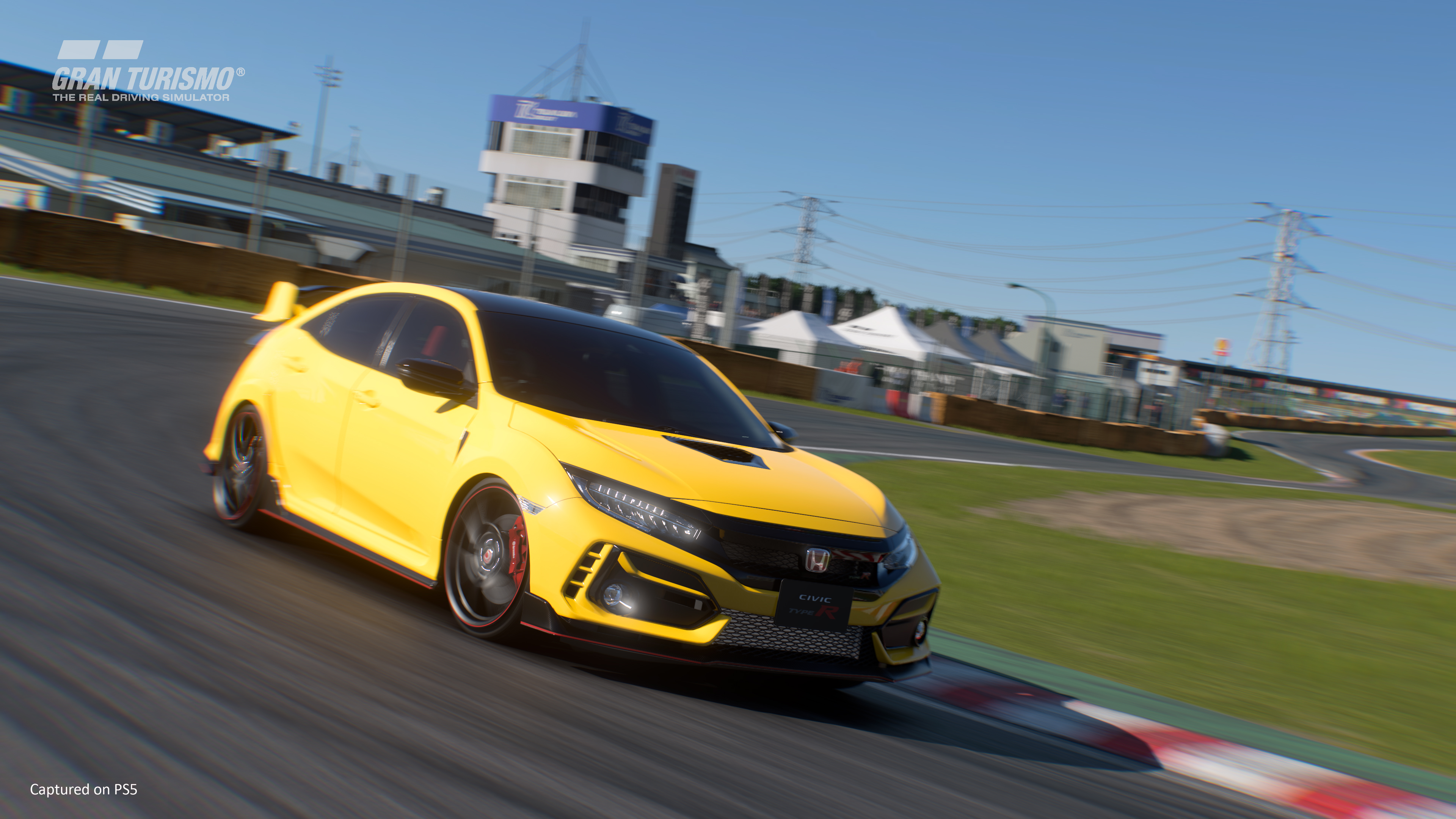
The biggest problem with GT7 comes with the world circuit races, which feel outdated and gradually become dull to get through. These events are the game's main focus, with the player able to win cars and gain credits. The majority of these events are set up for a rolling start with you at the back of the pack, a traditional aspect of Gran Turismo, but one that needed changing here. Starting at the back happens regardless of where you place in any previous connected races in the same championship, and the poor AI means you can easily pass the rear of the pack every time, even with an underpowered car.
The difficulty level you choose doesn’t make much difference, and a car entered into a race at the recommended PP will likely finish very high up the pack, though different skill levels may be a factor here. This removes the challenge and incentive for car experimentation, as the game tells you exactly how to win through its PP recommendation. It also feels far too arcade-y for a game chasing a more simulation focus.
The biggest problem with GT7 comes with the world circuit races, which feel outdated and gradually become dull to get through.
World Circuit races feel similarly off, allowing you to ram cars off the track and massively cut corners when online races won’t allow such behavior. Of course, the intention may have been to cater to various audiences, but it does feel strange to have two very opposite approaches within the same game.
While the selection of cars is extensive, there is a clear bias towards Japanese vehicles. Although this makes sense considering the location of the developers, the comparison when looking at offerings from other countries is very noticeable, though DLC car packs will likely be released in time. The same can be said for the tracks, with Japan being one of only two countries represented in the Asian/Oceanic region, Australia being the other with one circuit. This is a minor gripe, but worth mentioning.
Gran Turismo 7: Should you play it?
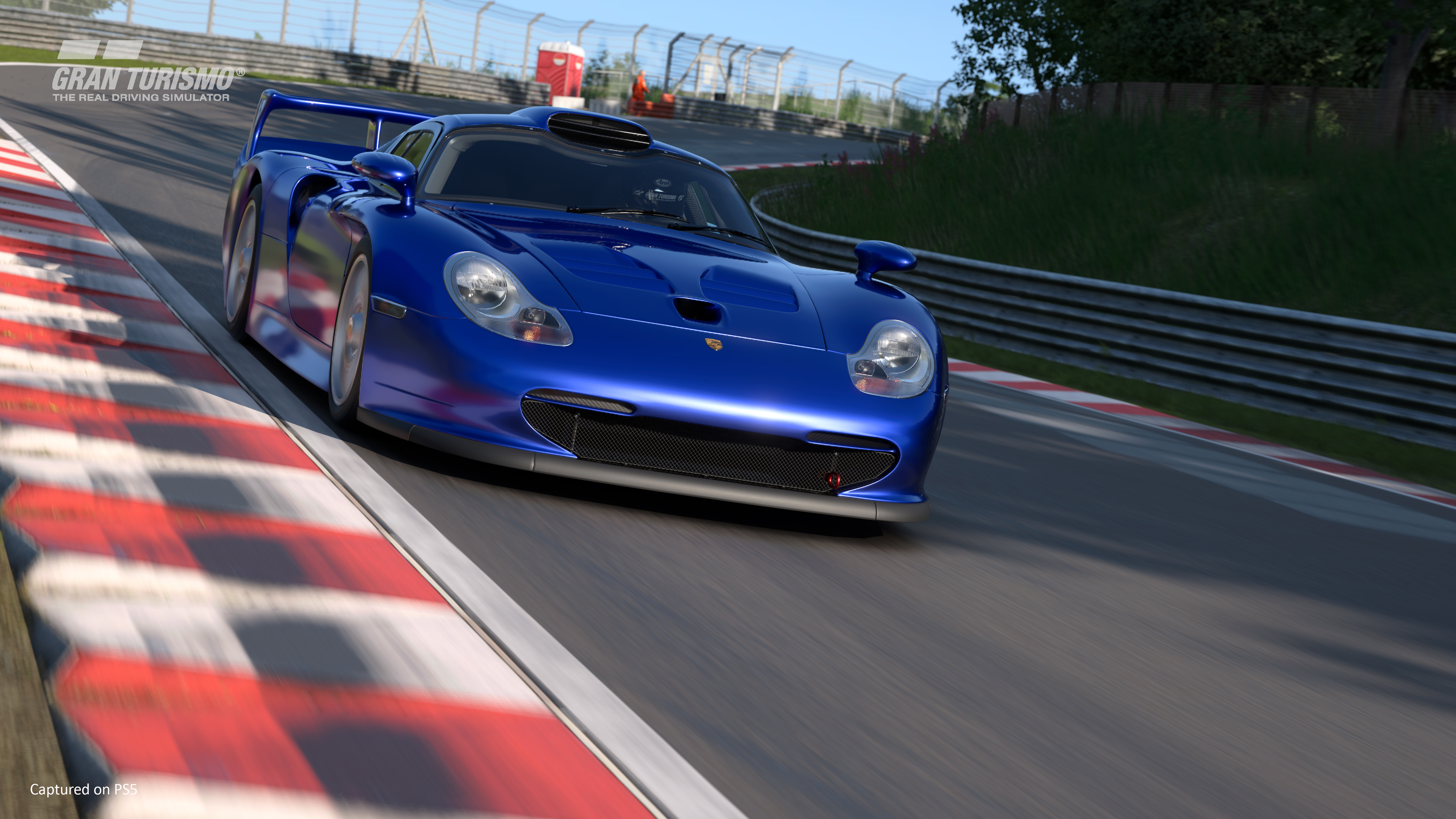
Overall, Gran Turismo 7 is a fantastic experience, catering to fans and newcomers with a slew of new and returning features. While there are some problems with the gameplay during races in World Circuits, the way the cars feel to drive help make up for this, and there is a huge amount of other content available. Missions, the License Center, and other challenges are some of the most engaging parts of the experience, pushing you to achieve gold as you learn track layouts. While some features could have been fleshed out more, there is a lot here to enjoy, and the online portion will surely capture the attention of those looking for a harder experience than the AI can provide. The large number of cars and well-designed tracks help to avoid repetition, as does the tuning feature, which allows experimentation and is extremely accessible.
One of the biggest reasons to dive into the game is the visual fidelity, which is exceptional. The reflections on the ray-traced cars are something to behold, while the highly detailed circuits and accurate interiors create a sense of immersion that is well worth experiencing. Great sound design is tied to this immersion, as are the Dualsense features, putting the PS5 version some way ahead of its PS4 counterpart. Polyphony Digital has created a love-letter to long-time fans of the series as well as giving plenty of reasons for new players to jump in, and the game celebrates car culture to a degree that few games in this genre come close to.

Matt has been gaming since he was young, and enjoys exploring obscure indie games in between the latest AAA releases. The train sequence from Uncharted 2 still blows his mind. Find him on twitter @mshore94.
